Union hill tribe villages
Union hill tribe villages were established since 20 years ago in Nanglae District, not very far from Chiang Rai city. It is where 5 hill tribe villages with more than 200 villagers living in, which are Akha tribe, Iu Mien (Yao) Tribe, Lahu (Muser) Tribe, Palong (Big earring) tribe and Long Neck (Kayan) tribe. We also have home stay with hill tribe village and activities with them. There are 5 hilltribe villages with more than 200 villagers living on this village. Ahka tribe, Long Neck Karen, Lahu (Muser) Tribe, Iu Mien, Palong(Big earring) tribe. The entrance fee is 300 Baht per person.
Ahka Hill tribe:
This ethnic group may have originated in Mongolia around 1,500 years ago. Most of the remaining Akha people are now distributed in small villages among the mountains of China (where they are considered part of the Hani by the government, though this is a subject of some dispute among the Akha themselves), Laos (where they are considered Lao Sung), Myanmar (Burma), and northern Thailand, where they are one of the six main hill tribes. The Akha began arriving in Thailand in the early twentieth century and continue to immigrate, with some 80,000 now living in Thailand’s northern provinces of Chiang Rai and Chiang Mai at high altitudes. Many of these villages can be visited by tourists on trekking tours from either of these cities. They speak Akha, a language in the Loloish (Yi) branch of the Tibeto-Burman family. The Ahka women wear black dresses and headgear richly embroided and decorate with silver coinc, beads and beaten silver jewellery. People are shy and clannish and settle at high attitudes. They often retain animistic convictions and protect their homes with altars, Fertility symbols, totems,etc, to ward off evil spirits Gradually all the tribes are assimilating Thai culture through trade contact and Education in settlement schools. They sold handicraft and very cooperative to photoed, I Like took photograph of this old lady, her smile is so nice
Long Neck karen Hill tribe:
The land of the giraffe women as polish explorer Vitold De Golish called it. Lies in eastern Burma plateau Dimpled by terraced, paddy-filled valley. Here lives Padang , atribe of about 7000 membes. Legend claims that the brass rings protect the women from tiger bites. Others have reported that it is done to make the women unattractive so they are less likely to be captured by slave traders. The most common explanation, though, is the opposite of this — that an extra-long neck is considered a sign of great beauty and wealth and that it will attract a better husband. But actually the practice of wearing them helps maintain individual and tribal identity. The women wear rings on neck, arms and legs, they weave the fabric and sell to the tourist
Lahu Hill tribe:
Lahu people are to be found in the mountains of China, Myanmar (Burma), Laos and northern Thailand. There are approximately 25,000 Lahus now living in Thailand. The Lahu divide themselves into a number of subgroups, such as the Lahu Na. Lahu Nyi, Lahu Hpu (White Lahu, Lahu Shi and the Lahu Shehleh. Where a subgroup name refers to a color, it refers to the traditional color of their dress. These groups do not function as tribes or clans – there are no kin groups above that of the family The traditional Lahu religion is polytheistic. Buddhism was introduced in the late 1600s and became widespread for Lahu. Many Lahu in China are Christians. They showed a tradtional dance with traditional music instrument, but my focus was the picture on the center, the crucifixion of Jesus Christ. And they asked for some donation after the dance
Palong Hill tribe:
The Palong (Palaung) who live in Thailand came from Myanmar. It is believed that they originated in Southern China and migrated to Myanmar. The roots of the Palong in Thailand go back to the nation of Myanmar (Burma) and when they have migrated to northern Thailand since about 20 years ago Palong belong to the Mon-Khmer branch of the Austro-Asiatic linguistic family. Their main livelihood is the cultivation of tanatep, a large leaf to wrap burmese cigars. Both men and women decorate their teeth with gold. The Palong people dress very similarly to the Lahu, but their dress differs from other hilltribes in that they weave a bamboo belt around their waist. The Palongs are easily recognized by the striking custom of their women, red sarong like garments, mostly a blue jacket with red collar and broad silver waistbands. Formerly animist, most Palongs have converted to Buddhism. They Palong practice a Shan-type Buddhism mixed with elements of their former animism
Iu Mien Hill tribe:
For the past 2000 years, the records show that the Mien lived in the surrounding mountains near Tibet. The Mien moved constantly because they did not like the controlling ruling from the Han. For the Iu Mien in China, they are the largest of the groups who form the official Yao nationality in China. This group calls themselves Iu Mien or simply Mien, but in China they are widely known by their Chinese name Pan Yao. Little was known about this isolated group until recent years. In 1937 one traveler commented, “In these lofty areas are the aboriginal tribes called the Iu people, the ‘Red Indians’ of China. They are yet to be studied in detail.” Iu Mien in Thailand has a history back to during the “Secret War” in Laos in an effort to block weapon trails to Vietnam, around 1975, hundreds of families sought refuge in the neighboring country – Thailand. In the next few years, thousands settled in Thailand refugee camps awaiting uncertain fate.
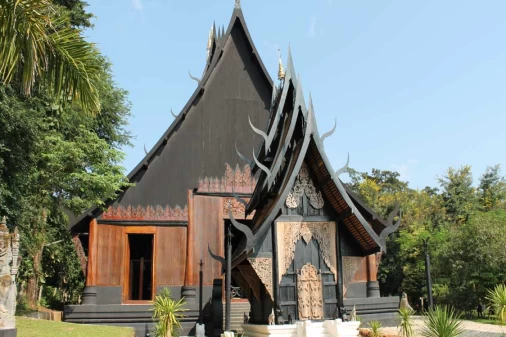
Baandam
Another of Chiang Rai’s more extraordinary sites, in a town that’s blessed with several rather eccentric...
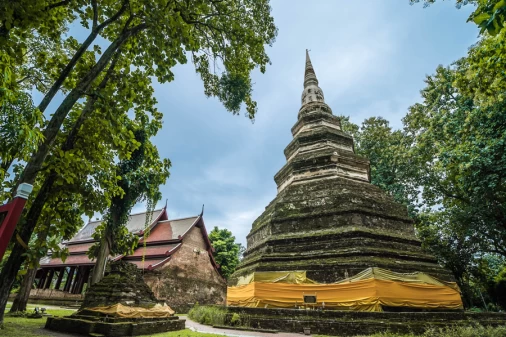
Chiang Saen
Once one of the major cities of the Lanna kingdom, it was originally called Wiang Hiran Nakhon Ngoen...
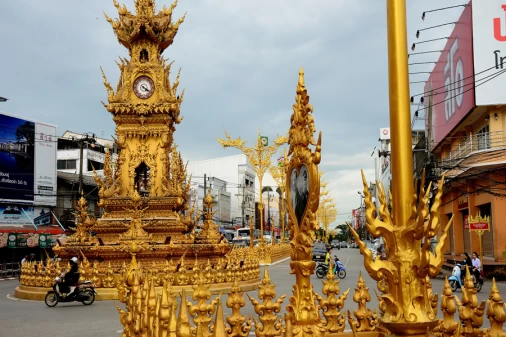
Clock Tower
When you look at all the travel guides and sites about Chiang Rai in Northern Thailand they always use...
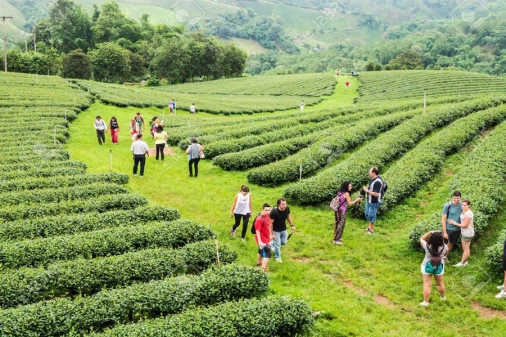
Doi Mae Salong
Mae Salong’s early history centred on the the opium trade of the Golden Triangle. Its recent history...
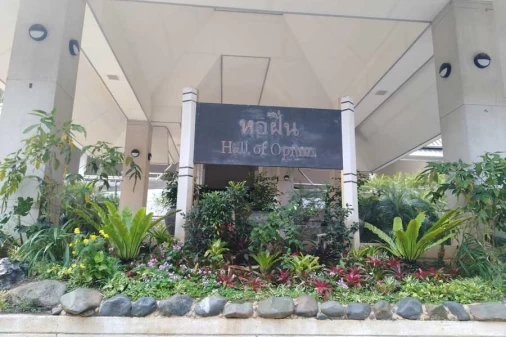
Hall of Opium
The Hall of Opium Museum is a combination of multimedia and exhibition to make learning more fun. Aiming...
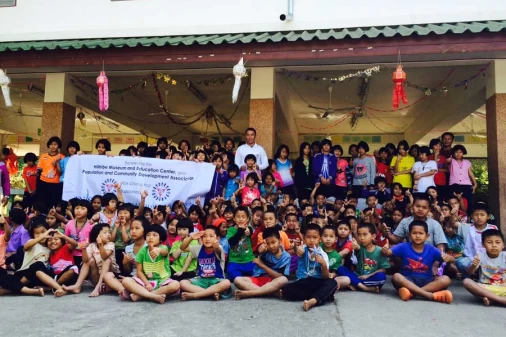
Hill Tribe Museum
Hilltribe Museum and Education Centre is run by a nonprofit organization called the Population and Community...
You may also like
The Best of Thailand 7 Days
- Depart Time:Daily
- Starts/Ends:Bangkok/Chiang Mai
- Tour type:Private Tours
- Travel Style:Nature & Adventure, Family Tours, Culture & History
- Activities:Sightseeing Tours, Local culture tours, Cultural, religious and historic sites tours, Countryside and village visits tours
- Suitable for:Solo, Family, Group, Couple
- Age range:1 To 90 Years
- Operated in:English, French, Spanish, German, Italian
Amazing Thailand 10 Days
- Depart Time:Daily
- Starts/Ends:Bangkok/Bangkok
- Tour type:Private Tours
- Travel Style:Nature & Adventure, Heritage Tours, Culture & History
- Activities:Sightseeing Tours, Local culture tours, Cultural, religious and historic sites tours, Countryside and village visits tours
- Suitable for:Solo, Family, Group, Couple
- Age range:1 To 90 Years
- Operated in:English, French, Spanish, German, Italian
Best of the North Thailand 11 Days
- Depart Time:Daily
- Starts/Ends:Bangkok/Chiang Mai
- Tour type:Private Tours
- Travel Style:Nature & Adventure, Family Tours, Culture & History
- Activities:Sightseeing Tours, Local culture tours, Cultural, religious and historic sites tours, Countryside and village visits tours
- Suitable for:Solo, Family, Group, Couple
- Age range:1 To 90 Years
- Operated in:English, French, Spanish, German, Italian
Romantic Thailand 13 Days
- Depart Time:Daily
- Starts/Ends:Bangkok/Bangkok
- Tour type:Private Tours
- Travel Style:Nature & Adventure, Family Tours, Culture & History
- Activities:Sightseeing Tours, Local culture tours, Cultural, religious and historic sites tours, Countryside and village visits tours
- Suitable for:Solo, Family, Group, Couple
- Age range:1 To 90 Years
- Operated in:English, French, Spanish, German, Italian
Thailand Family Holidays 14 Days
- Depart Time:Daily
- Starts/Ends:Bangkok/Bangkok
- Tour type:Private Tours
- Travel Style:Nature & Adventure, Family Tours, Culture & History
- Activities:Sightseeing Tours, Local culture tours, Cultural, religious and historic sites tours, City sightseeing tours
- Suitable for:Solo, Family, Group, Couple
- Age range:1 To 90 Years
- Operated in:English, French, Spanish, German, Italian
 France
France  Spain
Spain  German
German  Italian
Italian 






 Vietnam Tours
Vietnam Tours  Cambodia Tours
Cambodia Tours  Myanmar tours
Myanmar tours  Thailand Tours
Thailand Tours  Laos Tours
Laos Tours